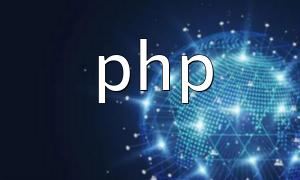In dynamic web development, frontend JavaScript often needs to access variables generated by PHP. Since PHP runs on the server side and JavaScript runs in the browser, data transfer between them must be handled carefully. Here are two common approaches.
The most straightforward method is to use PHP’s echo statement to output a variable into the HTML, then access it with JavaScript. For example:
<?php
$variable = "Hello from PHP";
?>In the HTML page, JavaScript can use this value as follows:
const element = document.getElementById("my-element");
element.innerText = "<?php echo $variable; ?>";This approach is simple and effective for passing small strings or basic data.
When transferring complex data such as arrays or objects, it’s better to use PHP’s json_encode() function to convert data into JSON format, then parse it in JavaScript.
<?php
$variable = json_encode(["Hello", "from", "PHP"]);
?>In JavaScript, you can parse the JSON string using JSON.parse():
const jsonVariable = JSON.parse('<?php echo $variable; ?>');
console.log(jsonVariable[0]); // Outputs "Hello"By using these methods, developers can easily access PHP-generated data in JavaScript, enabling more dynamic and interactive web pages.









